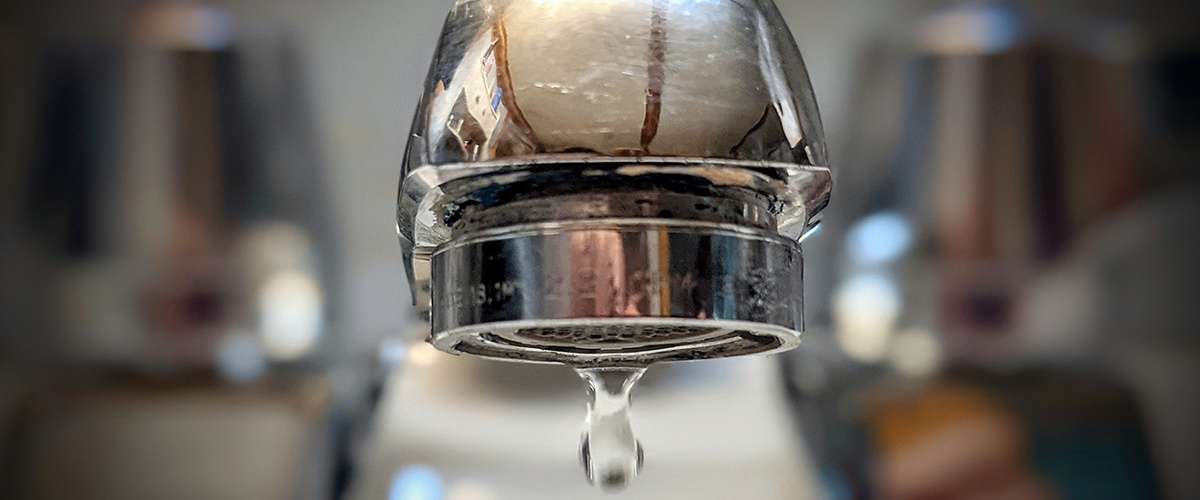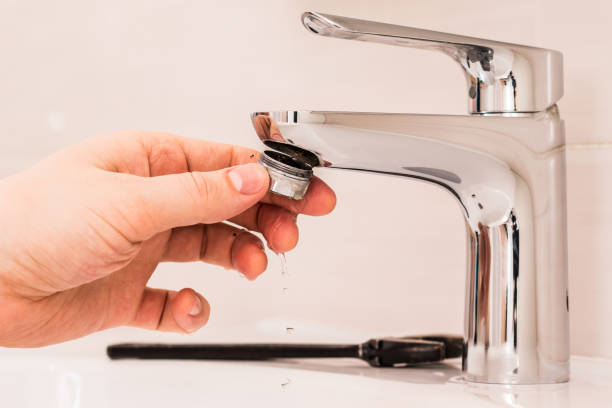How It's Required to Fix a Dripping Faucet
How It's Required to Fix a Dripping Faucet
Blog Article
In this article further down you'll find a bunch of sound advice relating to Should I Repair or Replace a Leaky Faucet?.

Leaking taps could seem like a minor hassle, however their effect exceeds simply the inconvenience of the noise. From drainage to sustaining unneeded economic expenses and wellness dangers, neglecting a trickling tap can cause different repercussions. In this short article, we'll delve into why it's crucial to resolve this common household concern without delay and successfully.
Waste of Water
Environmental Influence
Dripping taps contribute substantially to water wastage. According to the Environmental Protection Agency (EPA), a solitary faucet trickling at one drip per secondly can squander more than 3,000 gallons of water per year. This not only strains water sources but also impacts communities and wildlife dependent on them.
Step-by-Step Overview to Taking Care Of a Dripping Faucet
Devices Required
Prior to attempting to deal with a leaking tap, gather the needed tools, consisting of an adjustable wrench, screwdrivers, substitute components (such as washers or cartridges), and plumber's tape.
Typical Tap Issues and Their Solutions
Identify the kind of tap and the details issue triggering the drip. Typical troubles consist of worn-out washing machines, rusty shutoff seats, or faulty O-rings. Refer to producer directions or on-line tutorials for detailed advice on fixings.
Financial Prices
Raised Water Costs
Past the environmental impact, dripping taps can inflate water bills considerably. The gathered wastefulness gradually translates right into greater utility expenditures, which might have been prevented with timely fixings.
Prospective Residential Property Damage
Moreover, extended leaking can result in harm to fixtures and surface areas surrounding the tap. Water accumulation can trigger discoloration, rust, and also structural problems if left unattended, leading to added repair service prices.
Health and wellness Problems
Mold and Mildew Development
The consistent presence of wetness from a trickling tap creates an optimal setting for mold and mildew and mildew growth. These fungis not just endanger interior air quality but also position wellness threats, specifically for people with respiratory system problems or allergic reactions.
Waterborne Conditions
Stagnant water in leaking taps can become a breeding ground for germs and various other microorganisms, raising the threat of waterborne diseases. Impurities such as Legionella germs prosper in stationary water, possibly resulting in major ailments when ingested or breathed in.
Do it yourself vs. Professional Repair
Pros and Cons of Do It Yourself Repair Work
While some might attempt to deal with a leaking tap themselves, DIY repairs include their very own set of obstacles. Without proper expertise and tools, DIY efforts can exacerbate the problem or lead to incomplete repair services, prolonging the issue.
Advantages of Working With a Professional Plumber
Working with a professional plumber guarantees that the underlying root cause of the trickling tap is addressed efficiently. Plumbing technicians have the expertise and equipment to detect and fix tap concerns effectively, conserving time and reducing the threat of additional damage.
Environmental Responsibility
Individual Payment to Preservation
Taking responsibility for fixing dripping taps straightens with wider efforts toward water preservation and ecological sustainability. Every individual's actions collectively make a significant influence on protecting precious sources.
Sustainable Living Practices
By prioritizing punctual repair services and embracing water-saving habits, people contribute to lasting living practices that profit both present and future generations.
Safety nets
Regular Upkeep Tips
To avoid dripping taps, execute routine upkeep such as cleaning aerators, checking for leaks, and replacing damaged parts immediately. In addition, consider setting up water-saving tools or upgrading to much more effective components.
Significance of Prompt Services
Addressing dripping faucets as soon as they're observed protects against more water wastage and potential damage, ultimately saving both water and money over time.
Effect On Residential Property Worth
Assumption of Well-Maintained Residential Property
Keeping a residential property in good condition, including dealing with upkeep issues like leaking faucets, boosts its viewed value and value amongst potential customers or lessees.
Impact on Resale Value
Features with well-maintained plumbing fixtures, consisting of taps, command greater resale worths in the real estate market. Addressing leaking faucets can contribute to a positive impression during building inspections and arrangements.
Conclusion
Resolving a trickling tap exceeds simple comfort; it's a vital action towards saving water, decreasing financial costs, and safeguarding health and wellness and residential property. Whether with do it yourself fixings or expert support, doing something about it to take care of dripping taps is a little yet impactful way to advertise responsible stewardship of sources and add to a healthier, extra sustainable future.
Most Common Reasons for a Leaky Faucet and How to Stop the Drip
Whether it’s your kitchen faucet leaking or a bathroom faucet leaking, one leaky faucet can waste anywhere from three to 30 gallons of water every single day. If the constant drip-drip-drip doesn’t get your attention, your water bill will. The good news is that, by following a few simple steps, chances are pretty good you can fix the problem yourself.
Why is it dripping?
Before you start taking things apart, let’s break down some of the most common causes of a leaky faucet.
Bad O-ring.
A cartridge is a valve that controls the flow of water into the faucet spout. On cartridge faucets there’s an O-ring—the little disc attached to the stem screw that holds the faucet handle in place. If it’s loose or worn-out, it can cause your sink handle to leak. Of course, the cartridge itself could be worn out. If that’s the case, make sure you replace it with the exact same kind.
Corroded valve seat.
The valve seat connects the faucet and the spout. If the leak seems to be coming from the spout, it might be because a buildup of water sediment has corroded the valve seat.
Worn-out washers or seals.
A leaky spout could be caused by a bad washer that rests against the valve seat. It’s just a matter of time before friction takes its toll. It could also be the wrong size washer or one that’s been installed incorrectly. Water sediments can also corrode inlet and outlet seals.
Water pressure.
If the faucet only drips now and then, or when you turn the handles a certain way, you should probably check your home’s water pressure.
Loose or broken parts.
The adjusting ring and packing nuts in the stream screw can become loose over time, causing your sink handle to leak. Try tightening or replacing the packing nut. If the leak is coming from the pipes underneath the sink, you probably have a broken pipe or fitting. If that’s the case, you should definitely call a plumber.
Know your faucet.
Faucets come in a variety of types. Each one has its own assembly—and its own possible causes of leaks. Learning about the four most common kinds of faucets will help you know how to take them apart and make any repairs.
How to stop a leaky faucet
Fixing that leaky faucet doesn’t have to take a lot of time, money, or expertise. It’s usually a simple matter of replacing a worn-out washer or gasket, a loose O ring, or another part. Chances are really good you can do this yourself if you follow these simple steps.
Shut off the water.
Before you tackle the faucet, cut off the water supply to the sink. There should be one valve for hot and one for cold. Hand-turn them clockwise with your hands till they close. If there are no valves under the sink, head to the basement and shut off the main water supply to the house. Then turn on the faucet until it empties out the water that’s still in the line and you’re ready to start. It’s a good idea to cover the sink drain with a plug or a rag so you don’t lose any small pieces and parts while you’re working.

I'm very interested in Why Are My Faucets Dripping (And Can I Fix It Myself)? and I'm hoping you appreciated the entire blog post. Those who enjoyed reading our post kindly don't forget to share it. Thanks a lot for your time. Return soon.
Report this page